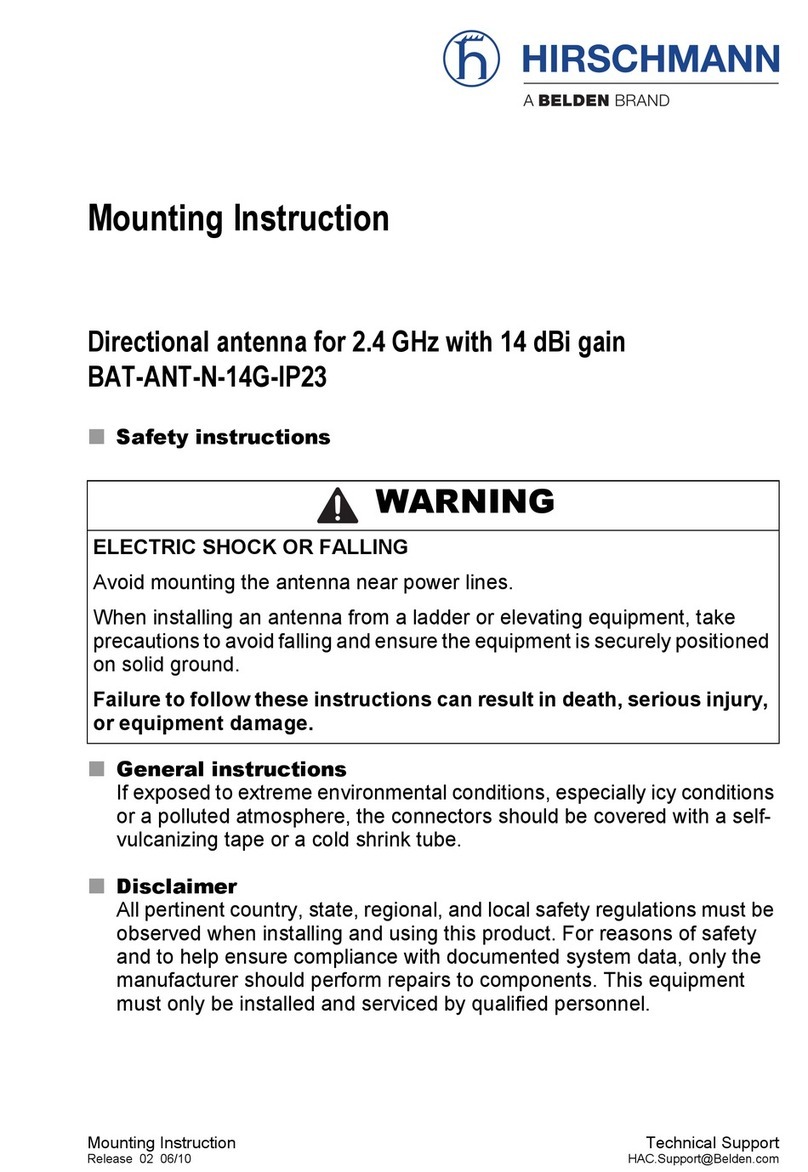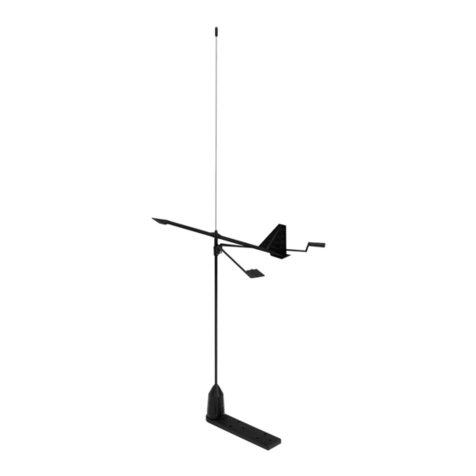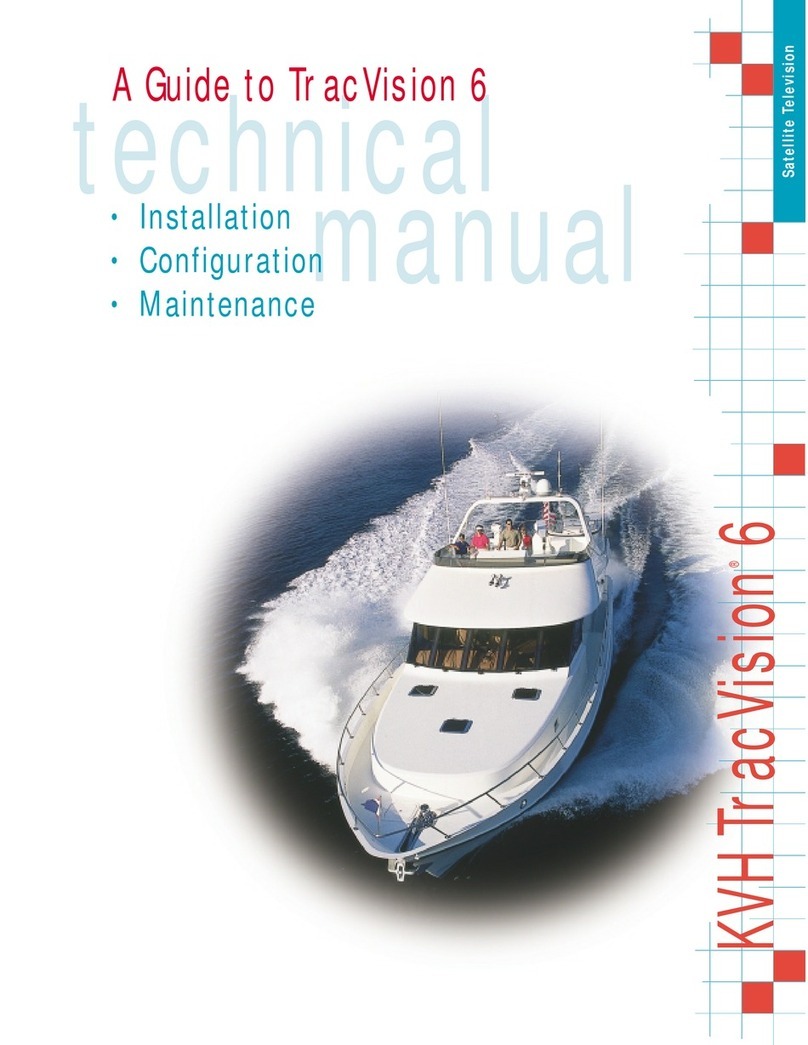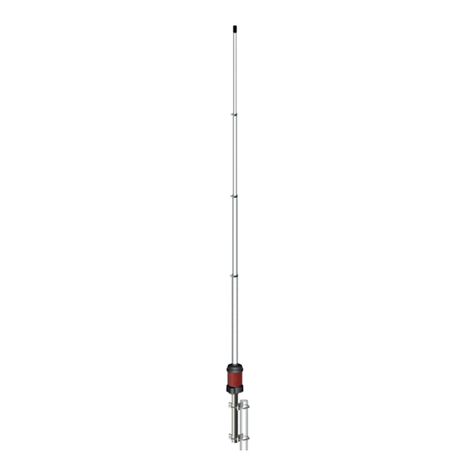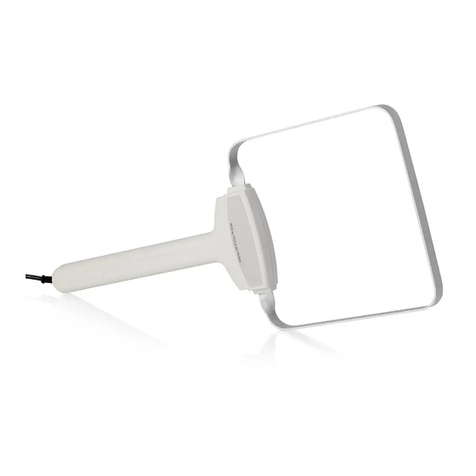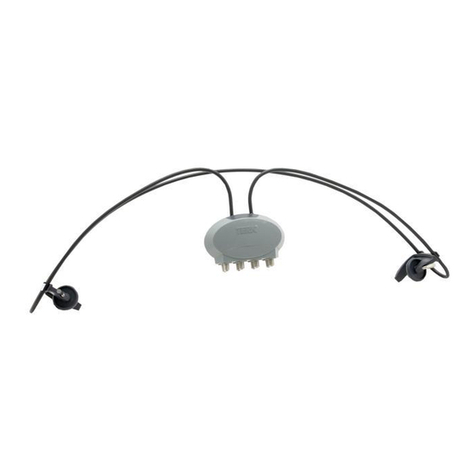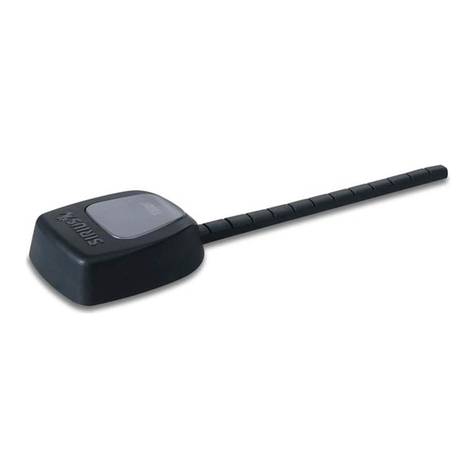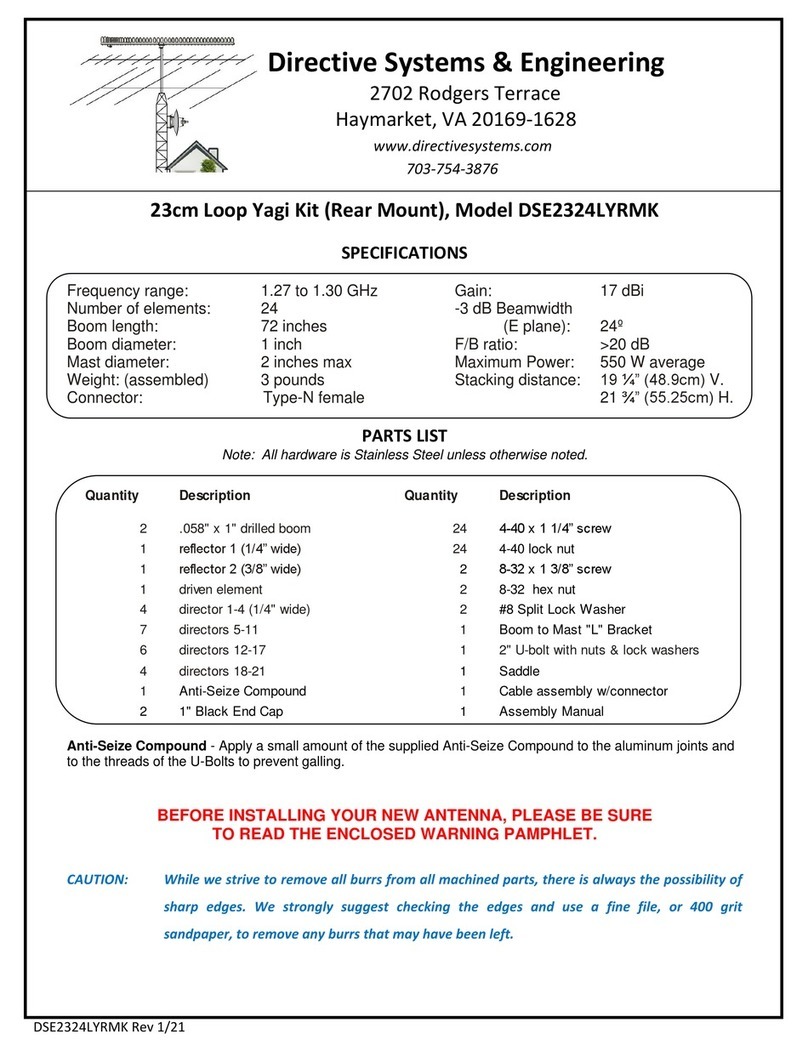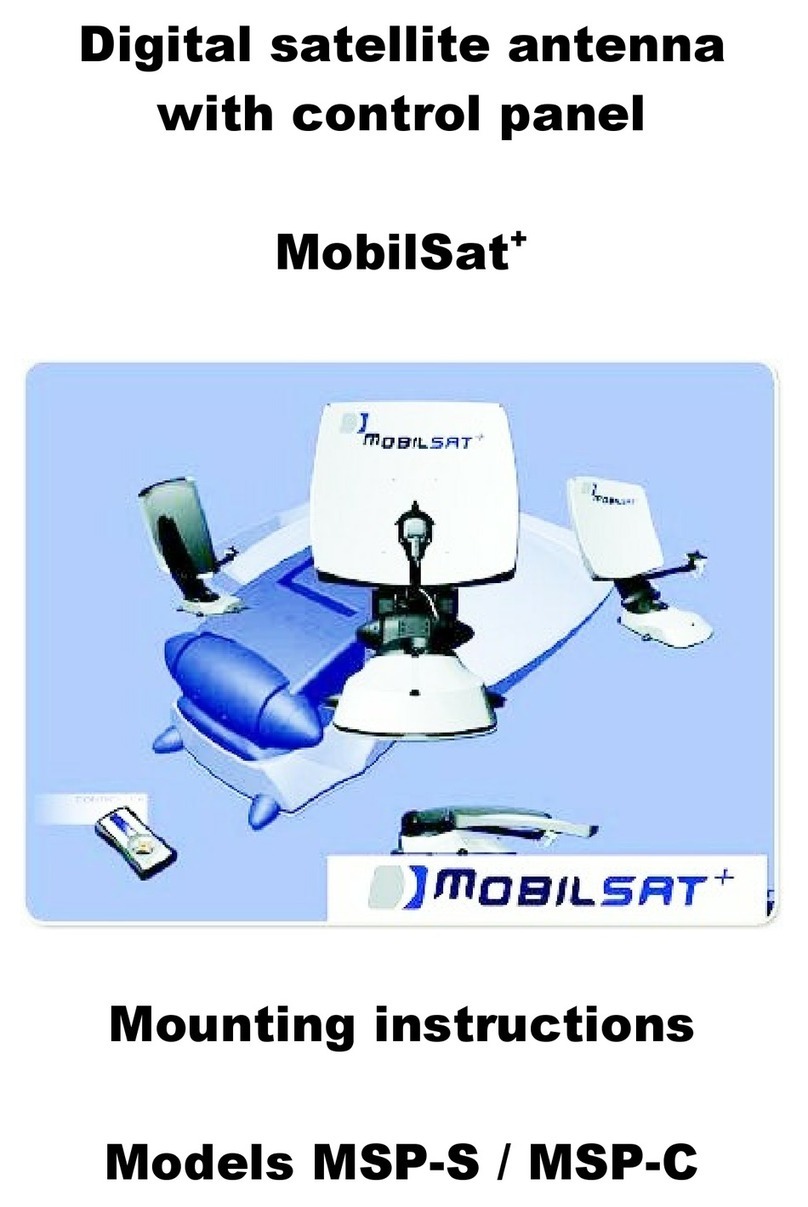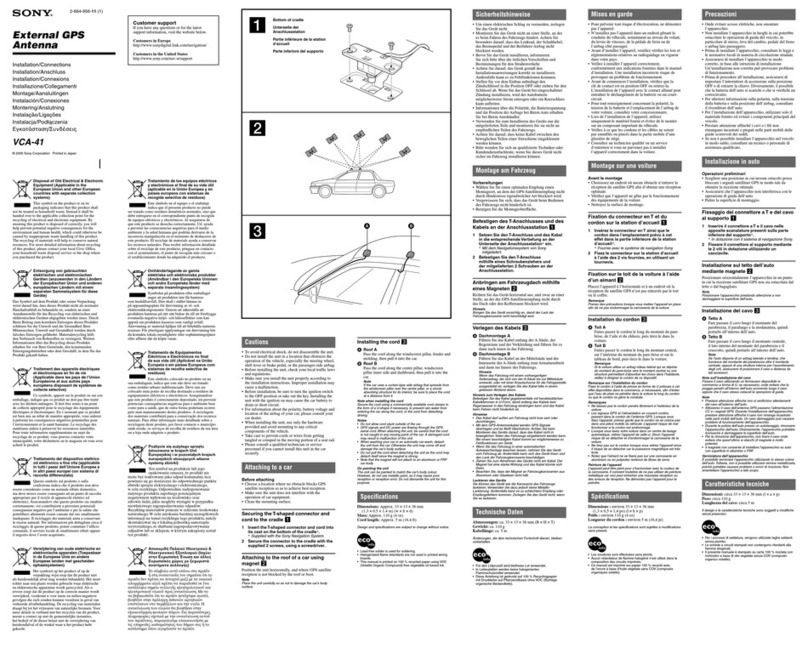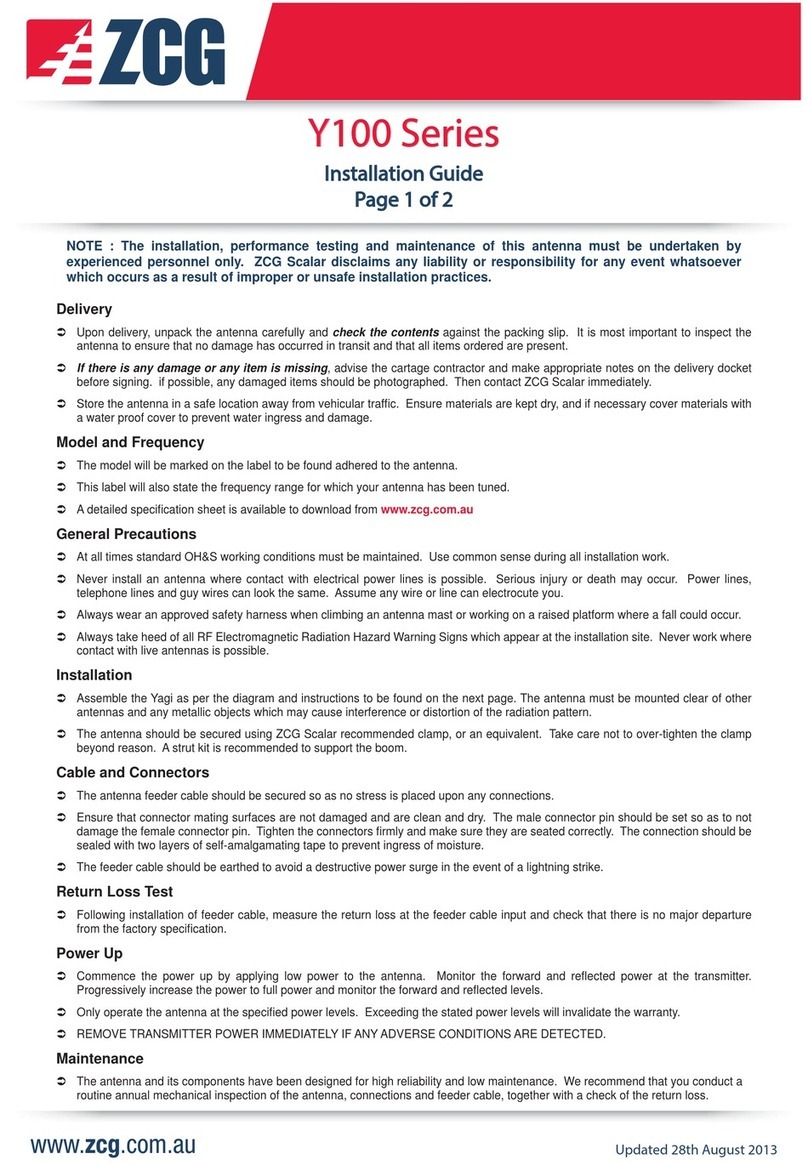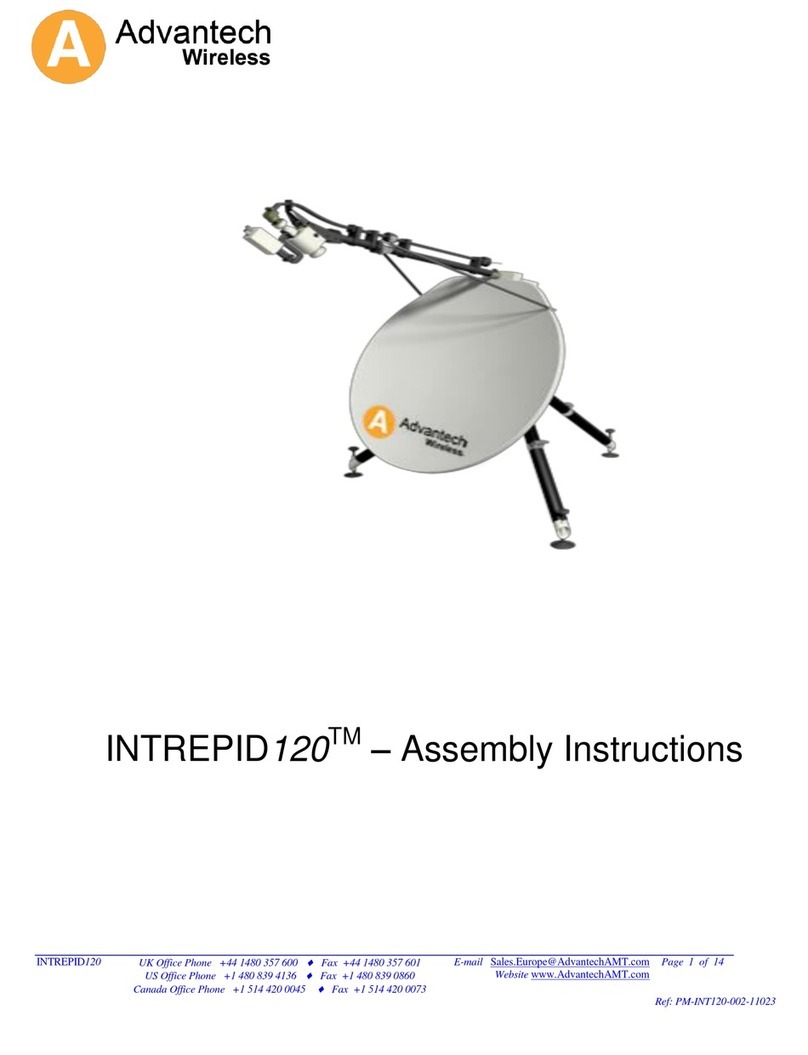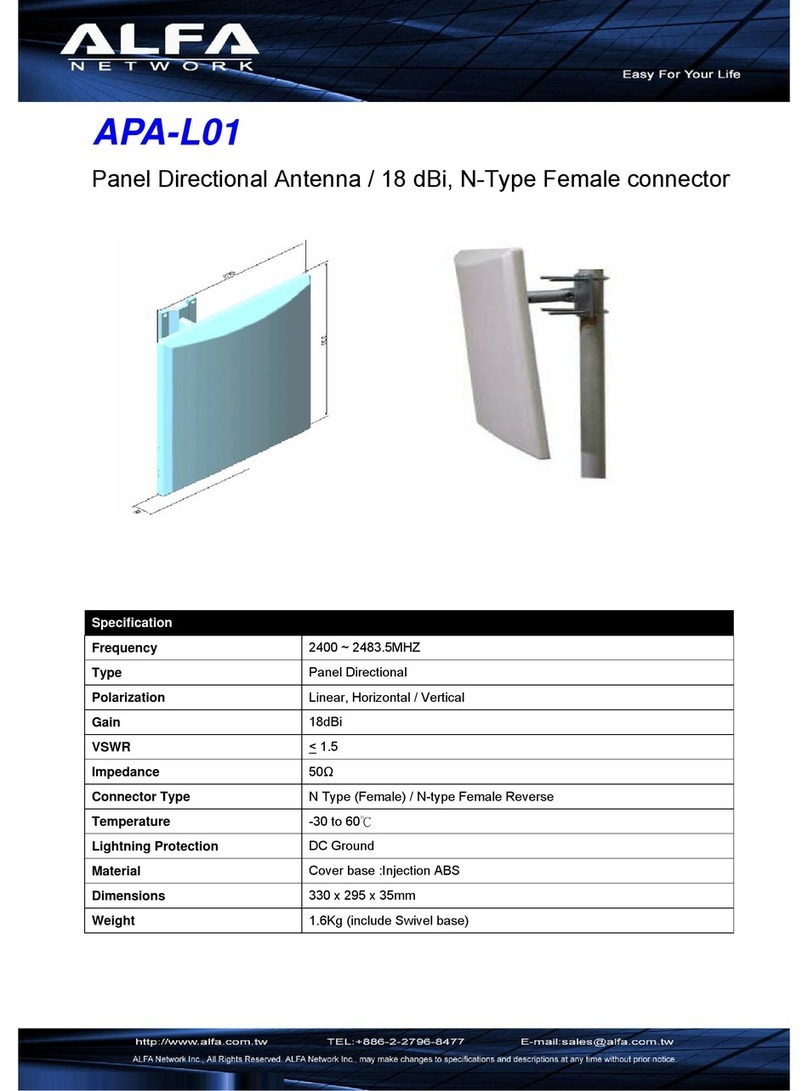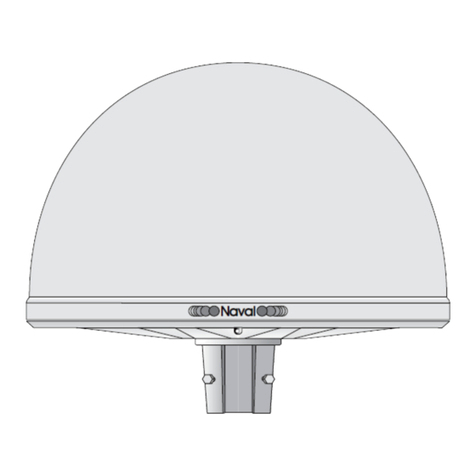
sales@airgain.com | www.airgain.com | + 1-855-AIRGAIN 2
Safety Warnings
• SEVERE DAMAGE WARNING. The AC-HPUE must be powered by the Ethernet
Injector (AC-EI) or an ISO 7637-2 compliant power conditioner when connected to
a DC power source. Direct connection to the vehicle’s battery or electrical system
is prohibited and can signicantly damage the AC-HPUE – damage resulting from
improper power supply is NOT covered by the warranty.
• HOT. Do not touch the antenna-modem while operating. Power it off and allow it to
cool down for 30 minutes to a safe temperature after use before touching it.
• MAINTAIN A SAFE DISTANCE. Stay 20 cm (8 inches) or more away from the antenna
modem during normal operation.
• FUSE. Use an inline 5A slow blow fuse for over-current protection.
• GROUND. Never connect the black ground wire directly to the battery terminal.
FCC RF Radiation Exposure Statement
To comply with the FCC RF exposure compliance requirements, this device and its
antenna must not be co-located or operating in conjunction with any other antenna or
transmitter. This equipment complies with FCC radiation exposure limits set forth for an
uncontrolled environment. This equipment should be installed and operated with min-
imum distance 20 cm between the antenna and the nearest person during normal use.
Furthermore, the FCC Consumer Guide provides the following information regarding
exposure the RF elds from vehicle-mounted antennas:
“Vehicle-mounted antennas used for wireless communications normally operate at a
power level of three watts or less. These wireless antennas are typically mounted on the
roof, trunk or rear window of a car or truck.”
Studies show that, in order to be exposed to RF levels that approach the safety limits
adopted by the FCC, it would be necessary to remain very close to a vehicle-mount-
ed wireless antenna for a signicant amount of time. Studies have also shown that the
metal body of the vehicle can effectively shield occupants. Proper installation of a vehi-
cle-mounted antenna to maximize this shielding effect is a good way to minimize expo-
sure. Some companies recommend that antennas be installed either in the center of the
roof or center of the trunk of a vehicle. In response to concerns expressed over the com-
monly used rear-window mounted wireless antennas, a minimum separation distance of
1-2 feet has been suggested as a way to minimize exposure to vehicle occupants.
From data gathered to date, properly installed, vehicle-mounted, personal wireless anten-
nas using up to three watts of power result in maximum exposure levels in or near the ve-
hicle that are typically well below the FCC’s safety limits, assuming that the transmitting
antenna is 6 inches or more from vehicle occupants.”
For more information on consumer issues, visit the FCC’s Consumer Help Center at www.
fcc.gov/consumers.

